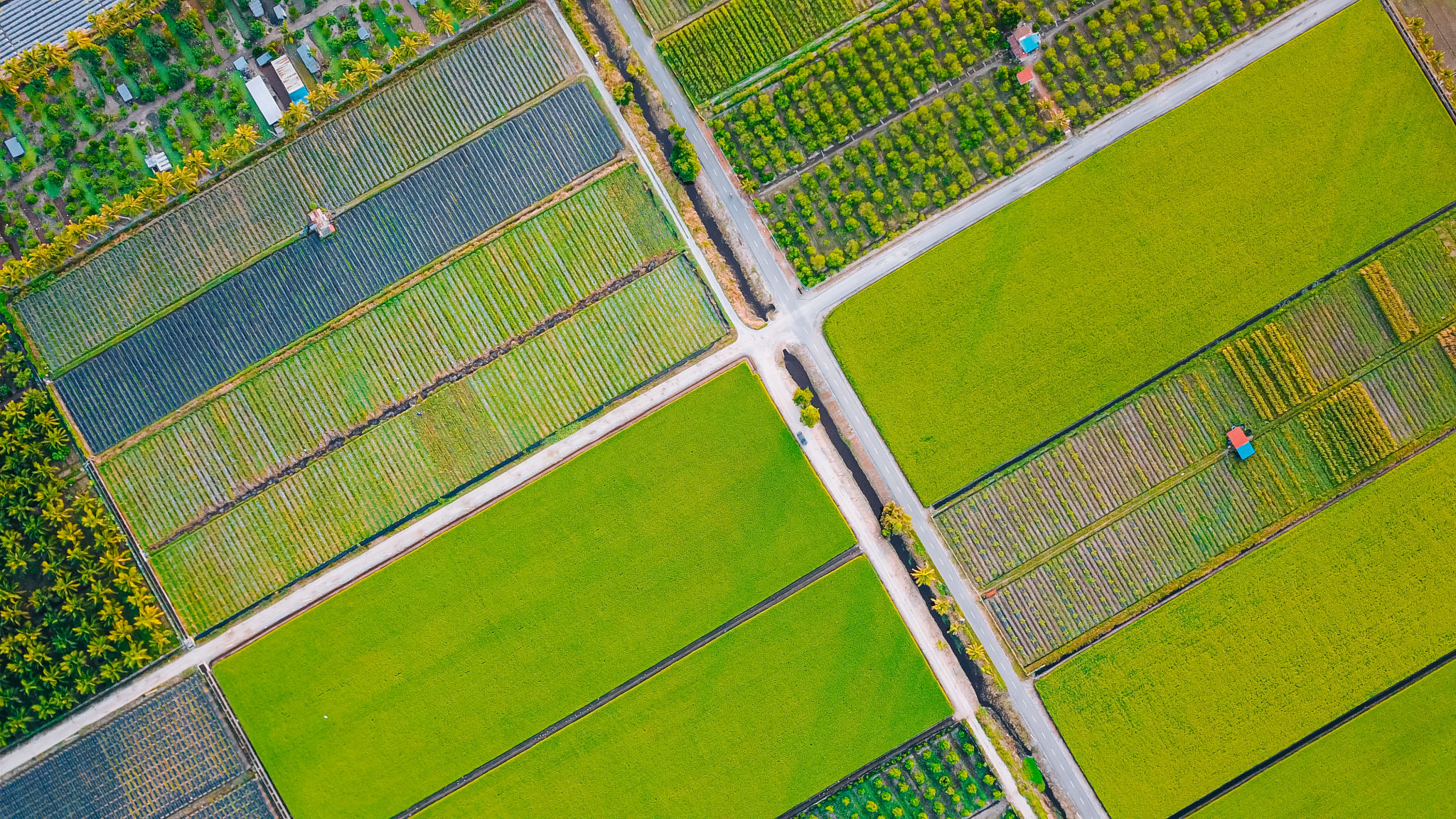Top 5 Misconceptions About Agricultural Drone Surveys in California
Introduction to Agricultural Drone Surveys
As technology continues to evolve, drones have emerged as a crucial tool in the agricultural industry. Particularly in California, where diverse crops and vast farmland demand advanced monitoring methods, drones have revolutionized how farmers assess their fields. However, despite their growing popularity, there are several misconceptions about agricultural drone surveys that need to be addressed.

Misconception 1: Drones Are Too Expensive for Small Farms
One of the most common misconceptions is that drone technology is financially out of reach for small and medium-sized farms. While it is true that some drones can be costly, there are various models available at different price points. Additionally, the return on investment can be significant, as drones help increase yields by providing precise data on crop health, irrigation issues, and pest infestations.
Misconception 2: Drone Surveys Are Inaccurate
Another myth surrounding agricultural drones is that they provide inaccurate data compared to traditional survey methods. In reality, drones are equipped with advanced sensors and cameras that deliver high-resolution images and real-time data. This allows farmers to make informed decisions quickly, enhancing productivity and sustainability.
Misconception 3: Drones Are Difficult to Operate
Many believe that operating a drone requires specialized skills or extensive training. However, modern agricultural drones are designed with user-friendly interfaces and often come with intuitive software that simplifies the process. Furthermore, many companies offer training sessions to ensure farmers can maximize the potential of these tools without feeling overwhelmed.

Overcoming Environmental Concerns
Some critics argue that drones may negatively impact the environment. However, when used responsibly, drones can actually contribute positively to environmental conservation. By providing precise data, they reduce the need for excessive water use and chemical application, promoting more sustainable farming practices.
Misconception 4: Drones Are Only Useful for Large-Scale Operations
While large farms benefit greatly from drone surveys, smaller farms can also gain significant advantages. Drones allow small-scale farmers to monitor their crops more efficiently and make data-driven decisions that enhance crop quality and yield. This technology levels the playing field, enabling smaller operations to compete more effectively in the market.

Misconception 5: Legal Restrictions Make Drone Use Impractical
Finally, there is a belief that legal restrictions make using drones in agriculture cumbersome. Although regulations exist to ensure safety and privacy, they are not insurmountable barriers. The Federal Aviation Administration (FAA) provides clear guidelines and resources to help farmers comply with legal requirements while benefiting from drone technology.
Conclusion: Embracing the Future of Farming
In conclusion, while misconceptions about agricultural drone surveys persist, the reality is that they offer numerous benefits for farms of all sizes in California. By dispelling these myths, farmers can embrace this innovative technology to enhance productivity, sustainability, and profitability. As the agricultural landscape continues to evolve, staying informed about emerging technologies is essential for staying competitive and successful.
